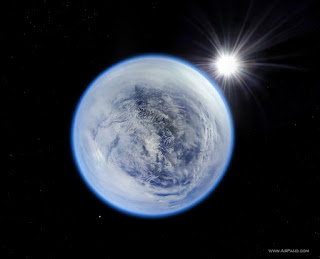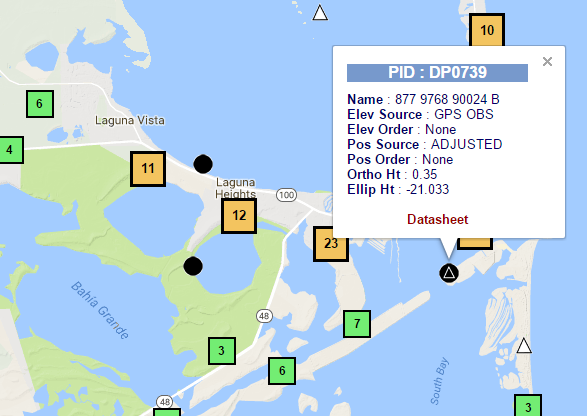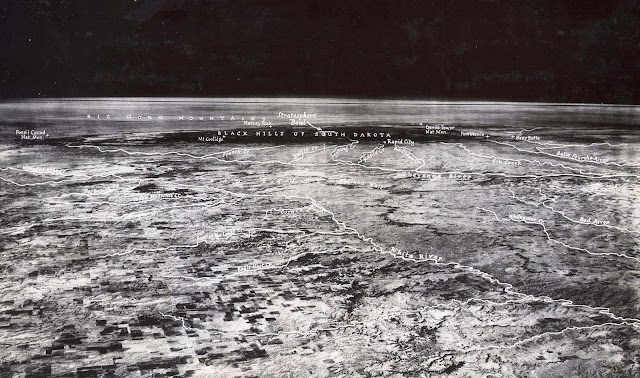Flat Earth Challenge: Estimate Altitude of the International Space Station (ISS)

You can estimate the altitude of the International Space Station (ISS) by measuring the angle to ISS in the sky from two different positions -- however, your observers should not be too far apart or the curvature of the Earth will make your angles more and more unreliable. You can also use proper spherical trigonometry once you have affirmed to yourself that the Earth is a spheroid (left as an exercise for the reader). As a Flat Earther, would finding out the International Space Station is actually a couple of hundred miles up change your mind? If you would consider such evidence, then here is the method. You need to get two people together and go out and measure it multiple times -- estimate your margin of error (can you even measure to within 1°)? Think about how you can make your angular measurements more accurate. Maybe get a surveyor friend with a Theodolite to take more accurate measurements of the angles if you can. I also posted a shortcut method at the bottom if this is al







